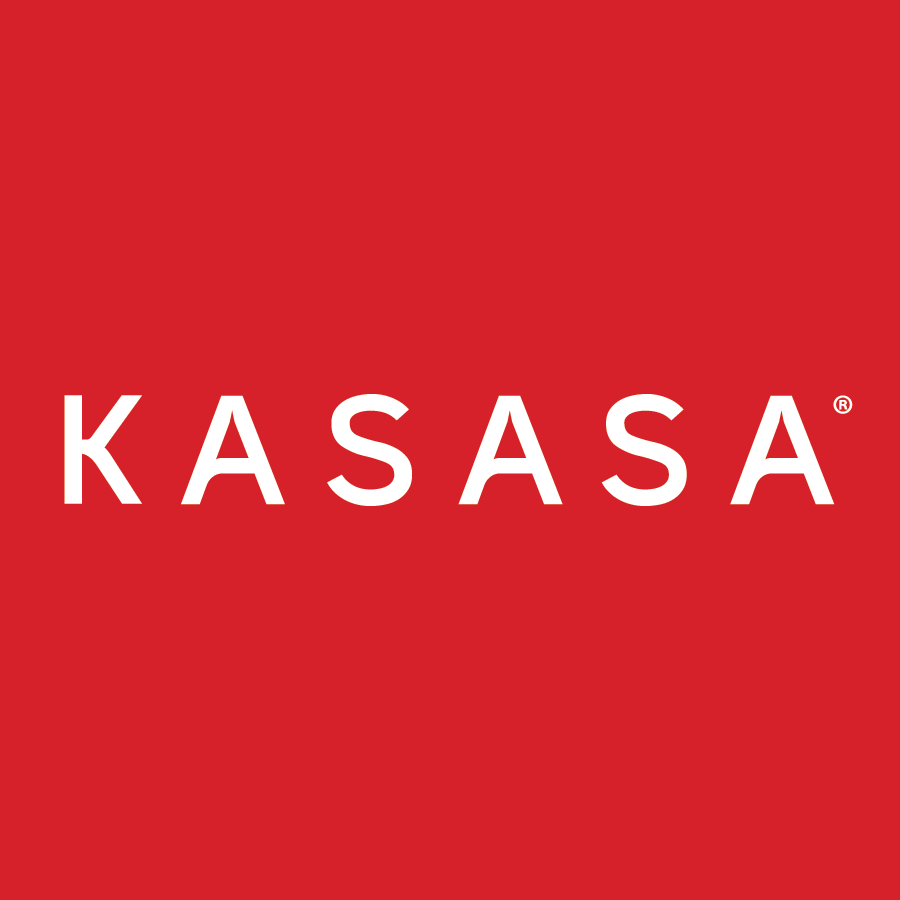Community financial institutions have certainly been through rate fluctuation environments before. But this one is very different. In addition to dramatic rate increases, there’s also been the added competition from fintechs and now big tech. For example, Apple launched their savings account with Goldman, resulting in $10 billion in three and a half months. In fact, 46% of new accounts were opened at fintechs in 2023.
These, among other factors, have put serious pressure on institutions to improve their balance sheets. The urgent need for liquidity has many banks offering high-yield CDs in an effort to bring in those needed deposits. This has made the gap between what banks are paying on deposits and what’s available in the market the widest in modern history.
While these CDs may bring in deposits, albeit at a high cost, they also cause a lot of institutions to see fluctuations in their deposits that on the surface may not appear as significant. But when you take a closer look, this has tremendous balance sheet implications and hidden costs that lead to what’s known as phantom growth.
Introducing major account cannibalization.
When a community financial institution offers an attractive high-yield CD, they tend to bring in a good amount of deposits. But when we dig a little deeper into those deposits, we notice it’s not all wine and roses. To begin with, the first people that see new rate promotions are generally the account holders at that institution. And that rate is certainly attractive to those consumers as well.
In an effort to take advantage of this new, elevated rate, many current account holders start moving their money out of accounts that have a much lower cost and into the CD with a significantly higher cost. And often, these “switchers” account for most of these new deposits.
Pushing marginal interest rates ever higher.
This massive cannibalization of existing deposits causes a major jump in an institution’s marginal interest rates. For example, offering a 4% CD may lead you to think that the marginal interest rate is just that, 4%. But when you include the difference in costs from the “switchers’ moving from low-cost accounts to the higher CD, you’re left with an incredibly high marginal interest rate which has a hugely negative effect on ROA.
Adding rate sensitivity to your consumers.
This is where it gets even trickier. Now that these “switchers” have realized the value of getting in on the high-yield CDs, they’ll always be looking for the next best rate. And if you don’t offer the latest and best CD rate to existing deposits, they'll simply move down the street to someone else.
You’ve now introduced rate sensitivity to consumers who had, for the most part, been uninterested — and you’ll have to deal with that sensitivity every time you reprice.
Putting future liquidity at risk.
So, now you’ve got a very different account holder on your hands. Whereas before they weren’t so interested in higher rates, now they’re seeking them out. And if your rate isn’t the highest, will they remain loyal to you? Or will they take their money to another institution and leave you trying to replace that liquidity? And if so, how much will that cost you? How valuable is an account holder to your institution?
Hot money may be putting you at greater risk.
There is an inherent danger in hot money. Although the hidden costs may have their benefits in some short-term instances, it’s not an effective long-term funding strategy due to the expense and risk that lead to balance sheet instability for many community financial institutions.
This is not just a blip on the radar, this is the new reality. And there are better strategies out there for growing deposits — options that will create real and lasting growth. But you have to be bold enough to move from the old go-to strategies into ones that are proving to be successful.
To learn more, be sure to download the eBook — Creating real growth in the funding gap crisis.



